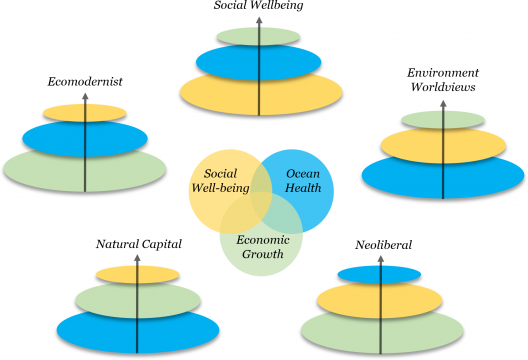Dr. Ota & Colleagues Author New Piece in PLOS Biology
 SMEA Professor of Practice Dr. Yoshitaka Ota along with his colleagues at Ocean Nexus Center have authored an article published in PLOS Biology. The article, “Finding logic models for sustainable marine development that deliver on social equity,” covers how sustainable ocean development and equity beyond the current goals of 2030. Below is a brief summary of the article provided by SMEA alum Leah Huff, who now works with Dr. Ota at Ocean Nexus as a Communications Specialist:
SMEA Professor of Practice Dr. Yoshitaka Ota along with his colleagues at Ocean Nexus Center have authored an article published in PLOS Biology. The article, “Finding logic models for sustainable marine development that deliver on social equity,” covers how sustainable ocean development and equity beyond the current goals of 2030. Below is a brief summary of the article provided by SMEA alum Leah Huff, who now works with Dr. Ota at Ocean Nexus as a Communications Specialist:
Sustainable development thus far has historically failed to create an equitable world. The environmental, social, and economic aspects of the world are interconnected, and therefore we must consider these aspects when addressing equity concerns. The Sustainable Development Goals (SDGs) currently serve as targets to be reached by 2030. However, there are still concerns over how to reach them and how to improve beyond 2030. This paper examines five different logic models used to approach sustainable ocean development, specifically focusing on three dimensions: social well-being, ocean, health, and economic growth. Only one out of the five logic models analyzed—the Social Well-being model—is purely bottom-up, starting with the concerns of the community, and therefore may be the only model capable of delivering on SDG targets. In order to do so by 2030, we must adopt logic models that place social equity at the forefront, allowing local communities and Indigenous peoples to make decisions about future developments. 
A link to the article in PLOS Biology is available here.